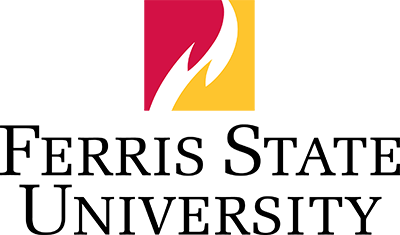Despite high adoption, new PSCA survey finds health savings accounts mostly used to address current needs, with just a fifth of participants investing their HSA balances.
Despite the benefits of health savings accounts as tax-advantaged retirement savings tools, employees are largely using them to meet current healthcare expenses, according to a new survey by the Plan Sponsor Council of America.
The 2024 HSA Survey, sponsored by HSA Bank, reflects responses from more than 500 employers and shows modest growth in account balances and contributions. However, it also highlights a need for greater education around the long-term benefits of HSAs.
While 90 percent of eligible employees had an HSA in 2023 and three-quarters made contributions, few are leveraging them for retirement planning.
Among other key insights, the survey found that only one-third of employers educate workers about using HSAs as part of their retirement strategies, and fewer than 30 percent allow participants to view their HSA balances alongside retirement accounts for a more holistic view of savings. Less than 10 percent of employers mirror HSA investment options with those available in their 401(k) plans, though interest in doing so has grown.
“Consumers don’t always realize the powerful tax advantages HSAs provide in supporting costly healthcare expenses,” Ann Brisk, senior director of innovation and strategy at HSA Bank, said Tuesday in a release announcing the results. “This research emphasized the need for employers and their providers to bolster efforts in educating employees about using HSAs for medical expenses now and in the future so they will fund it as much as possible.”
The survey did reveal some encouraging trends. The average participant contribution rose to $2,609 in 2023, up from $2,323 the previous year, and the average account balance increased slightly to $6,165 by year-end. Employer support also remained steady, with three-quarters contributing to employees’ accounts, often tied to health plan coverage levels. More than 40 percent of employers also have a policy of automatically enroling workers in HSAs – a feature more providers should offer, suggested a Morningstar analysis in October – when they select a qualifying health plan.
Despite these gains, HSA investments remain underutilized. Two-thirds of employers offer investment options, yet only 18 percent of participants, representing a quarter of total HSA assets, invested their balances.
“The ability for employees to be able to fund their health savings accounts is a concern cited by double the number of employers as two years ago,” said Hattie Greenan, director of research and communications at PSCA. Employers are increasingly prioritizing education and engagement, as many see the need to address these financial challenges.
Source: Investment News




